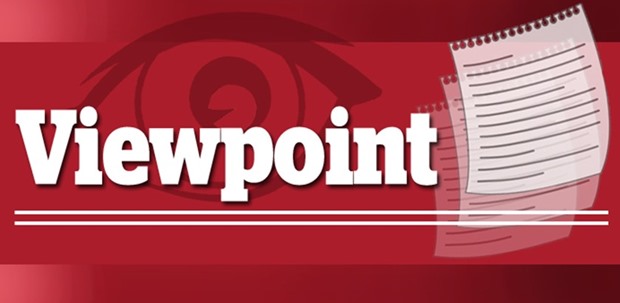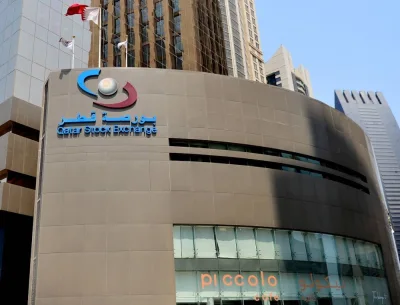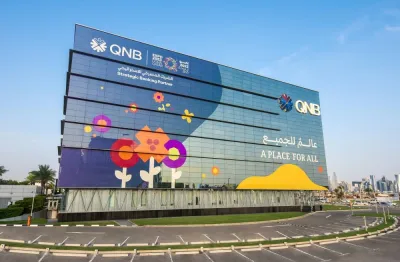
Prashanth
The recent affirmation of Qatar’s sovereign rating with a stable outlook by Standard & Poor’s reflects the country’s “high” economic wealth and “strong” external and fiscal positions.
This, according to S&P will balance Qatar’s institutional shortcomings and limited monetary flexibility, if any, over the next two years.
The stable outlook on Qatar by the international ratings agency is another endorsement on the country’s growth potential, driven by a $220bn investment programme (over a 10-year period), mostly related to infrastructure upgrade, health and education and the FIFA 2022, which the country is hosting.
S&P expects majority of these projects to be completed ahead of the International Federation of Football Associations’ World Cup championship in 2022.
For this reason, S&P projects Qatar’s real economic growth to average about 4% annually in three years up to 2018. This will get reflected on Qatar’s non-energy sector, which the rating agency says, should remain buoyant, thanks to public investment and supported by the growing population.
That said, the rating agency has cautioned the challenges ahead in view of the dropping oil price and its impact on LNG contracts.
Qatar is currently the world’s top liquefied natural gas exporter with close to 77mn tonnes per year (tpy) being shipped from Ras Laffan, mostly to countries in Asia and Europe.
In its view, medium- to long-term challenges to Qatar’s “competitive position” in the liquefied natural gas (LNG) market are likely to come from new shale production, Russia’s gas pipeline to China and increased pressure to delink LNG contracts from the oil price.
Nevertheless, S&P sees several factors that support Qatar’s “competitive position” in the LNG market.
First, it expects global demand for natural gas to remain strong, absorbing the new supply.
Second, Qatar’s strategy has been to diversify into all major markets, adjusting the mix of destinations and contract types according to market needs.
Moreover, the majority of its exports are under long-term contracts, which provide certainty of volume off-take, while built-in diversion clauses in the contracts provide additional flexibility to manage quantity and price risks.
Third, Qatar will continue to have a cost-advantage over many new projects in other countries. Since Qatar produces and exports significant quantities of condensate and natural gas liquids (NGLs) associated with natural gas, its effective average cost of producing LNG is much lower.
The report assumes that Qatar’s oil production will decline as output from maturing fields’ contracts. It expects an average annual decline in crude oil production of about 5% over 2015-2018.
The report projects largely flat gas output (LNG and natural gas), given Qatar’s moratorium on new investments in the sector, while condensate volumes will likely increase by about 5% per year over the same period.
S&P suggests that in the context of lower hydrocarbon revenues and increasing capital spending, the government is “prioritising” existing projects, focusing funding on the highest priority and strategic investments.
But Qatar’s prudent policies based on the National Development Strategy (NDS) look promising enough to improve the country’s productive capacity and strengthen Qatar’s competitive position.


